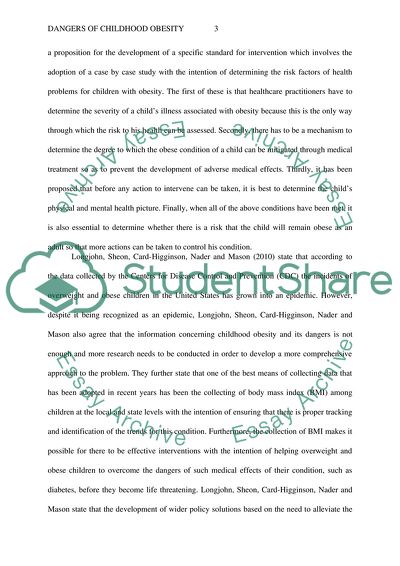Cite this document
(“Dangers of Childhood Obesity Research Paper Example | Topics and Well Written Essays - 2000 words - 1”, n.d.)
Retrieved from https://studentshare.org/human-resources/1659539-dangers-of-childhood-obesity
Retrieved from https://studentshare.org/human-resources/1659539-dangers-of-childhood-obesity
(Dangers of Childhood Obesity Research Paper Example | Topics and Well Written Essays - 2000 Words - 1)
https://studentshare.org/human-resources/1659539-dangers-of-childhood-obesity.
https://studentshare.org/human-resources/1659539-dangers-of-childhood-obesity.
“Dangers of Childhood Obesity Research Paper Example | Topics and Well Written Essays - 2000 Words - 1”, n.d. https://studentshare.org/human-resources/1659539-dangers-of-childhood-obesity.


